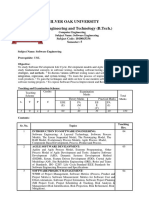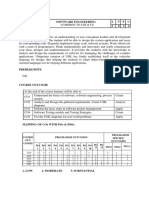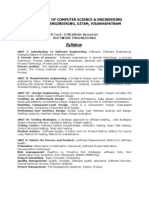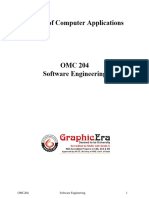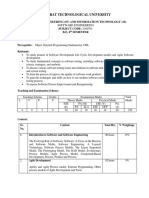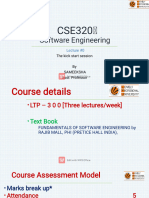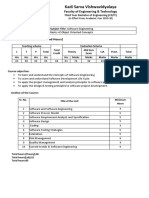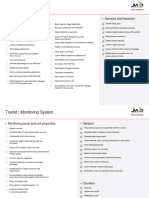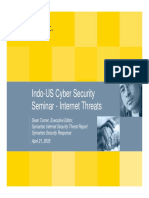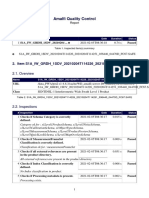0% found this document useful (0 votes)
9 views19 pagesSoftware Engineering Course File - 2025
The document outlines the course structure and syllabus for the Software Engineering course for B.Tech III year CSE students at Sreenidhi Institute of Science & Technology. It includes course objectives, outcomes, detailed unit topics, and assessment methodologies. The course aims to equip students with knowledge of software engineering principles, lifecycle models, testing techniques, and practical exposure to testing tools.
Uploaded by
Ramu PasamCopyright
© © All Rights Reserved
We take content rights seriously. If you suspect this is your content, claim it here.
Available Formats
Download as DOC, PDF, TXT or read online on Scribd
0% found this document useful (0 votes)
9 views19 pagesSoftware Engineering Course File - 2025
The document outlines the course structure and syllabus for the Software Engineering course for B.Tech III year CSE students at Sreenidhi Institute of Science & Technology. It includes course objectives, outcomes, detailed unit topics, and assessment methodologies. The course aims to equip students with knowledge of software engineering principles, lifecycle models, testing techniques, and practical exposure to testing tools.
Uploaded by
Ramu PasamCopyright
© © All Rights Reserved
We take content rights seriously. If you suspect this is your content, claim it here.
Available Formats
Download as DOC, PDF, TXT or read online on Scribd
/ 19



















